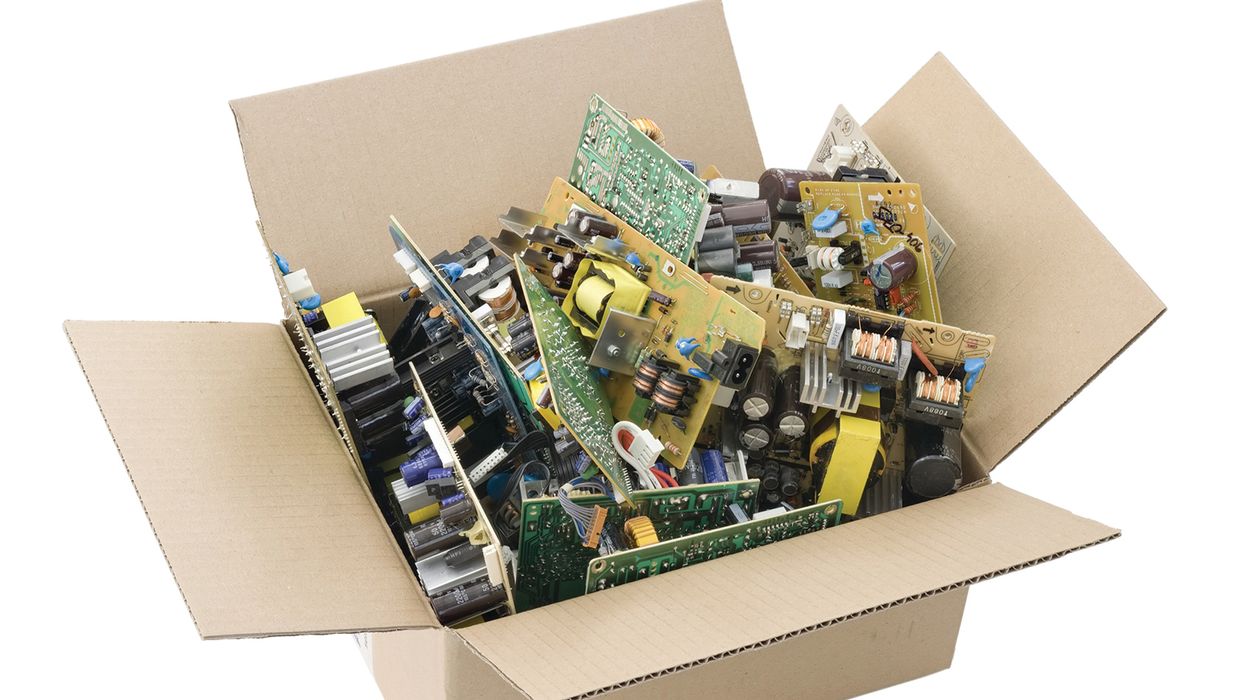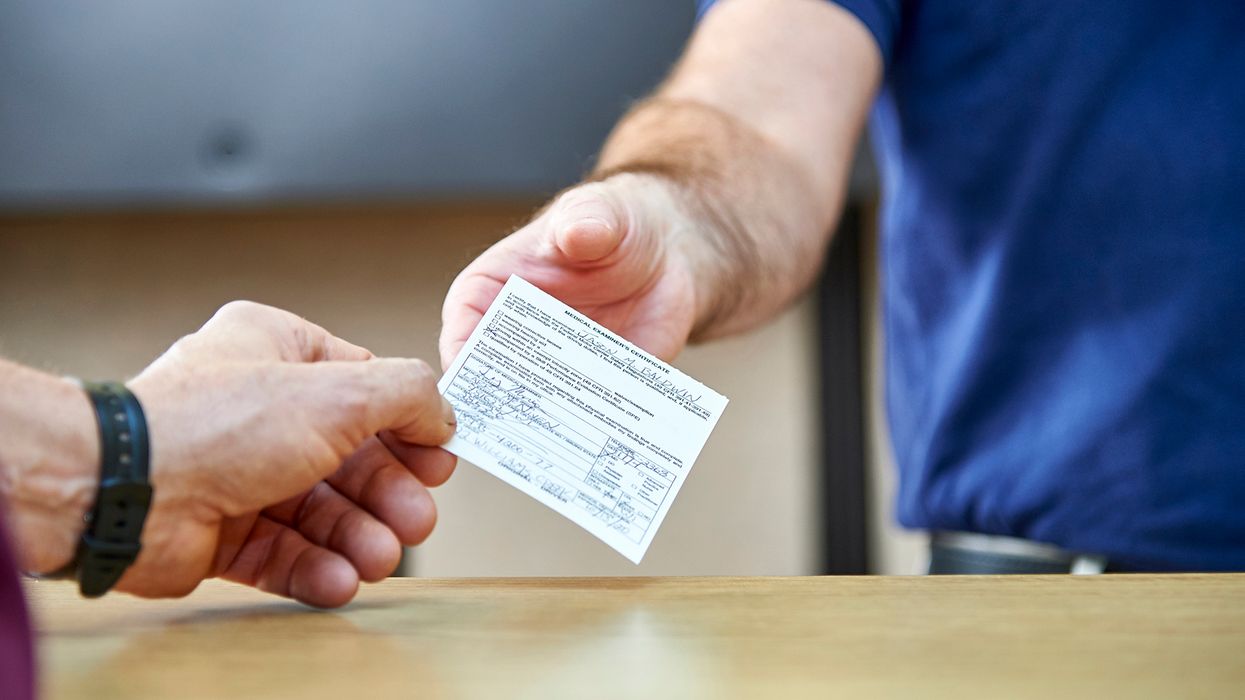The EPA invites small business participation in the development of a TSCA-related rule
The EPA announced that it is inviting small businesses to participate as Small Entity Representatives (SERs) in developing a proposed rule to collect data and inform the risk evaluation and management process of the Toxic Substances Control Act (TSCA).
The proposed rule will establish a framework for tiered data collection as the agency seeks to improve strategies to efficiently meet their basic chemical data needs related to exposure, health, and eco-toxicity. The proposed data reporting rule will be tied to specific stages of the existing process:
- Identifying potential candidates for prioritization.
- Completing the prioritization process and,
- Assessing high-priority substances with potential management actions (dependent on risk evaluation).
Why is the EPA developing this rule?
Under TSCA, the agency is required to have at least 20 high priority chemical risk evaluations in progress at any given time. As such, EPA must maintain a pool of potential candidates to meet the requirement. The agency currently collects exposure-related data through the TSCA Chemical Data Reporting (CDR) process. The CDR database is the most comprehensive source available to the agency. Data is submitted every four years from manufacturers (and importers) and provides basic screening-level, exposure related information. However, the EPA determined that they needed additional, more detailed information to meet its obligations under TSCA.
Who does this proposed rule impact?
The EPA notes that the potentially regulated community most anticipated to be affected by the proposed rule include (but are not limited to) entities from chemical manufacturing, petroleum and coal product manufacturing and chemical, petroleum, and merchant wholesale sectors. The EPA is authorized to collect information about potential hazards and potential pathways from manufacturers, processors and distributors under TSCA sections 8(a), 8(c), and 8(d). Manufacturers, importers, and processors can expect to see a framework with more robust data collection requirements:
- Collecting information beyond the basic screening level of the current CDR data. This potentially includes additional health and safety studies along with exposure monitoring data.
- Providing a more robust description of the supply chain, potentially including processors and byproducts previously exempted from CDR.
- Providing more detailed information for risk evaluation related to the manufacture, processing, use, and disposal of the chemical.
The EPA will conduct a Small Business Advocacy Review Panel (SBAR) for small entities potentially affected by the proposed rulemaking. The panel offers an opportunity for small entities (businesses, governments, and not-for-profit organizations) to provide input and recommendations for the EPA’s consideration regarding potential impacts on their organization. If you are a small business that may be directly subject to this rule, you are eligible to serve as an SER. If you qualify, this is a great opportunity to ensure that the agency considers all impacts the proposed reporting requirements will have on organizations in your sector. Individuals interested in potentially serving as an SER should send an email message to RFA-SBREFA@epa.gov by no later than July 20, 2022.

















































